Tips for Setting Up Your Laptop Table for Maximum Comfort
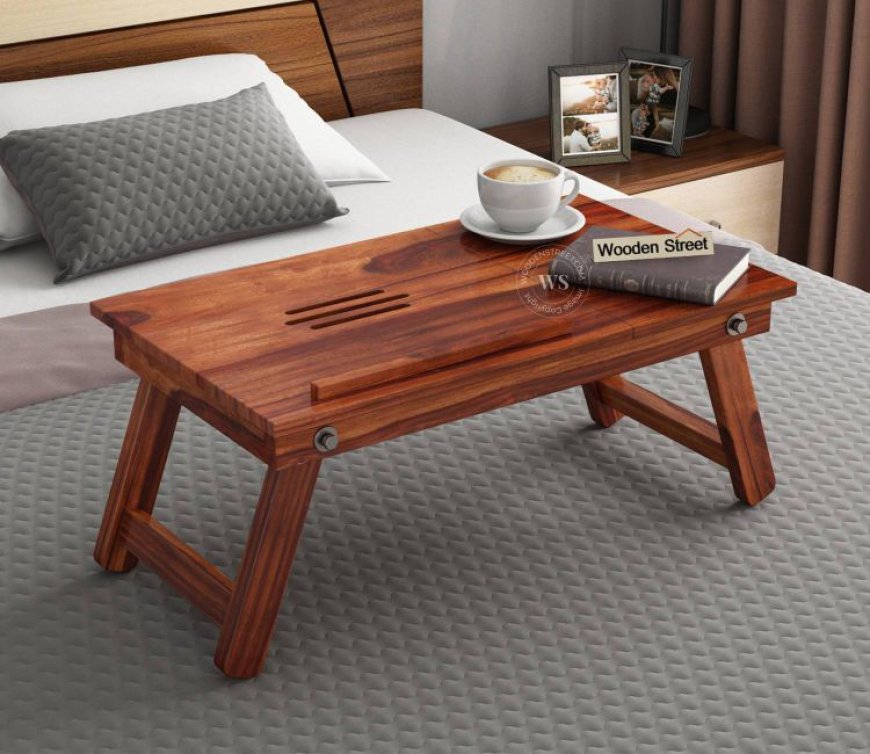
With remote work and study becoming an integral part of modern life, ensuring your workspace is both comfortable and conducive to productivity is essential. Whether you’re using your laptop for long work hours, creative projects, or study sessions, setting up your laptop table correctly can make a significant difference in your comfort and efficiency. Here are some in-depth tips to help you create the ideal workspace for maximum comfort and productivity.
1. Find the Right Location
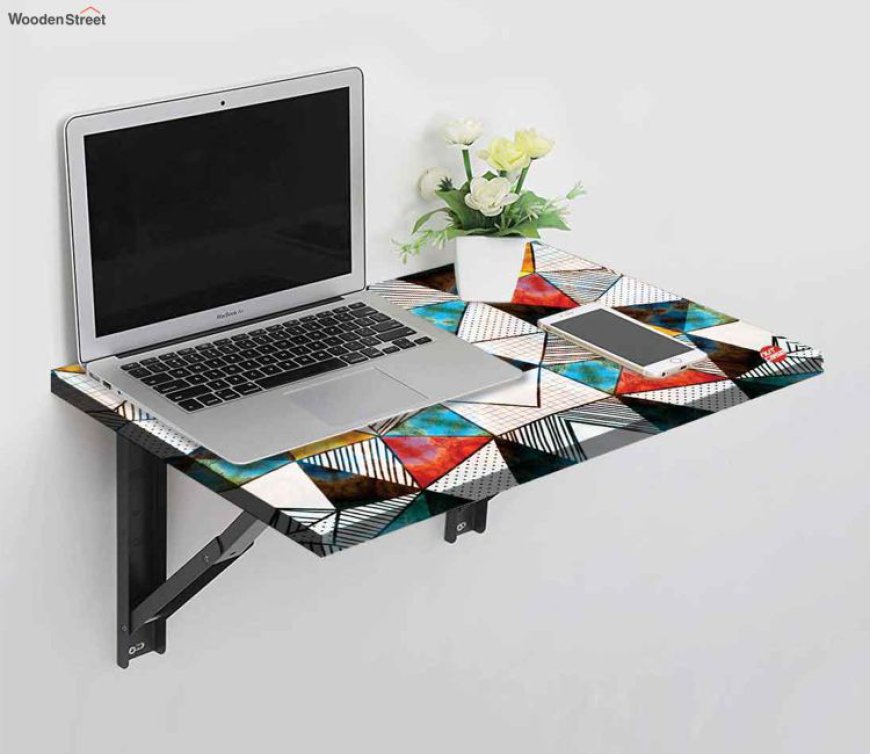
The location of your wooden laptop table plays a crucial role in creating an environment that fosters concentration and reduces physical strain. Selecting the perfect spot for your table isn't just about convenience—it’s about creating a space that promotes both mental focus and physical well-being.
-
Lighting: Start by placing your laptop table in a well-lit area to prevent eye strain. Ideally, natural light is best because it’s easy on the eyes and creates an inviting atmosphere. Position the table near a window to take advantage of daylight. If you’re working at night or don’t have access to natural light, make sure you have proper artificial lighting. A desk lamp with adjustable brightness can help ensure the light is evenly distributed across your workspace, avoiding harsh shadows or glare that can lead to discomfort over time.
-
Proximity to Power Outlets: Running out of battery power during an important task can be frustrating. To avoid this, position your laptop table close to a power outlet. This will allow you to keep your laptop, phone, and other devices charged without needing to use extension cords, which could clutter your space or become a tripping hazard. Consider investing in a surge protector or a multi-port power strip for convenience, especially if you have multiple devices to charge.
2. Adjust the Table to Your Needs
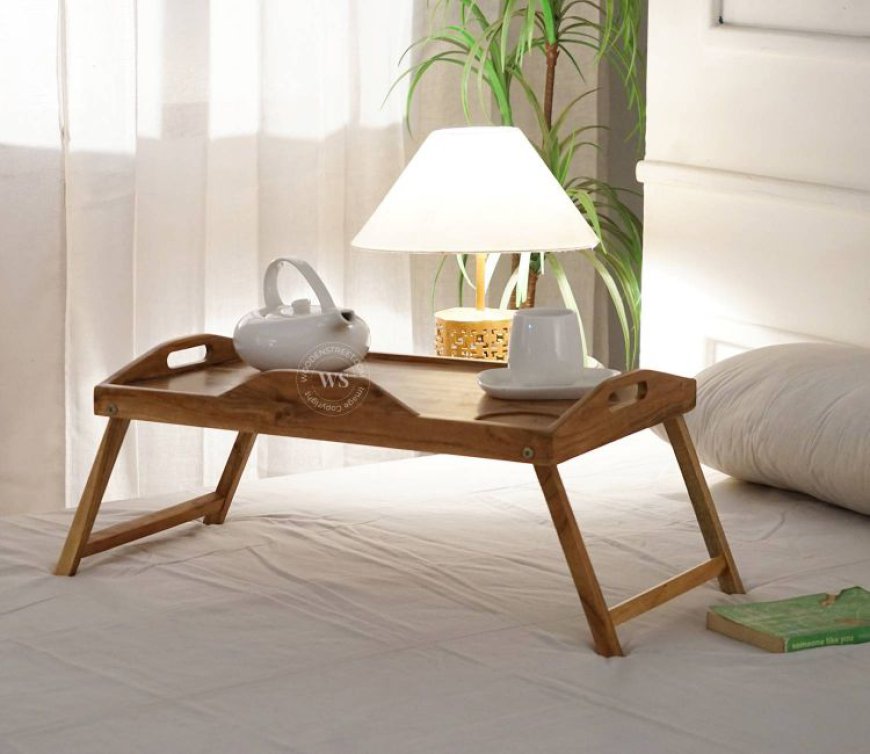
Once you’ve found the perfect location, the next step is to adjust the table itself to suit your individual needs. Having your laptop at the right height and angle can significantly reduce strain on your body, particularly during long work hours.
-
Height: Your laptop table should be adjusted so that your elbows are at a 90-degree angle when typing. This ensures that your shoulders remain relaxed, preventing tension from building up over time. Additionally, the top of your laptop screen should be level with your eyes. This helps avoid unnecessary strain on your neck, which can occur when you're constantly looking down or up at the screen. Many laptop tables come with adjustable heights, but if yours doesn’t, you can use risers or even stack books to achieve the correct level. An ergonomic chair can also complement your setup by providing proper back support and allowing height adjustments.
-
Angle: Tilting your laptop table can help with both visibility and comfort. Adjust the table slightly to reduce screen glare from overhead lighting or windows. The ideal angle will also ensure your wrists remain in a neutral position while typing, minimizing the risk of developing repetitive strain injuries such as carpal tunnel syndrome. An angle of about 15 degrees is generally recommended for most users. If your laptop table doesn’t have a tilt function, consider using a laptop stand that can be adjusted to the right angle.
3. Organize Your Workspace
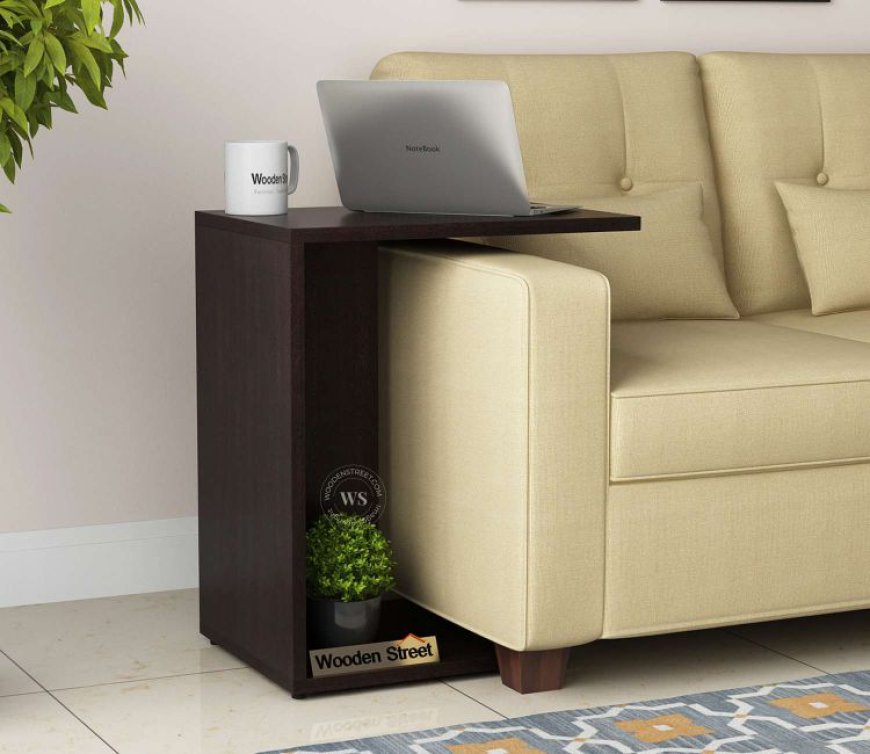
A well-organized workspace not only boosts productivity but also helps maintain focus by reducing distractions. Keeping your essentials within reach and minimizing clutter will allow you to work efficiently and comfortably.
-
Keep Essentials Handy: One of the benefits of a good laptop table is that it often comes with built-in storage options, such as shelves or compartments. Use these features to your advantage by keeping your most-used items, like pens, notebooks, and chargers, within easy reach. If your table doesn’t have built-in storage, consider adding a small tray or organizer to your setup. This will minimize the need to constantly get up and search for supplies, which can break your concentration and workflow.
-
Minimize Clutter: A cluttered workspace can quickly lead to a cluttered mind. Keeping your desk clean and organized not only helps you focus but also reduces distractions. Take a minimalist approach by only having the essentials on your laptop table. Store away items you don’t need in nearby drawers or shelves. Regularly cleaning your workspace will also help keep dust and allergens at bay, improving your overall comfort and health.
4. Maintain Good Posture
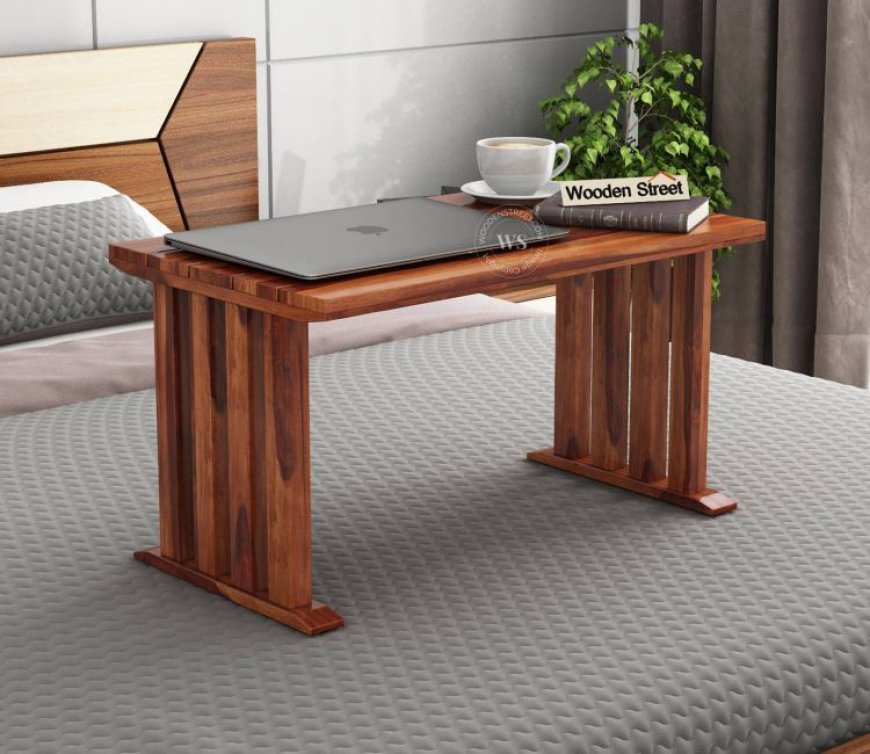
Even with the perfect laptop table setup, maintaining good posture is key to avoiding discomfort and potential long-term health issues. Ergonomics play a significant role in how your body feels during and after long work sessions.
-
Sit Up Straight: Proper posture starts with how you sit. Ensure your back is well-supported by your chair. If your chair doesn’t offer adequate lumbar support, consider adding a small cushion or a specially designed lumbar pillow. Your feet should rest flat on the floor, with your knees at a 90-degree angle. If your feet can’t reach the floor, use a footrest or even a stack of books to keep them elevated and maintain proper alignment. Sitting up straight reduces the risk of back pain and promotes better breathing and circulation, which can help keep you energized throughout the day.
-
Take Breaks: No matter how ergonomic your setup is, sitting for long periods can still lead to stiffness and fatigue. Make it a habit to take regular breaks. Stand up, stretch your legs, and move around every 30-60 minutes. Stretching helps improve circulation, prevent muscle stiffness, and reduce the risk of repetitive strain injuries. Use these breaks as an opportunity to rest your eyes as well—look away from the screen and focus on something in the distance to reduce eye strain caused by prolonged screen time.
5. Customize Your Setup for Personal Comfort
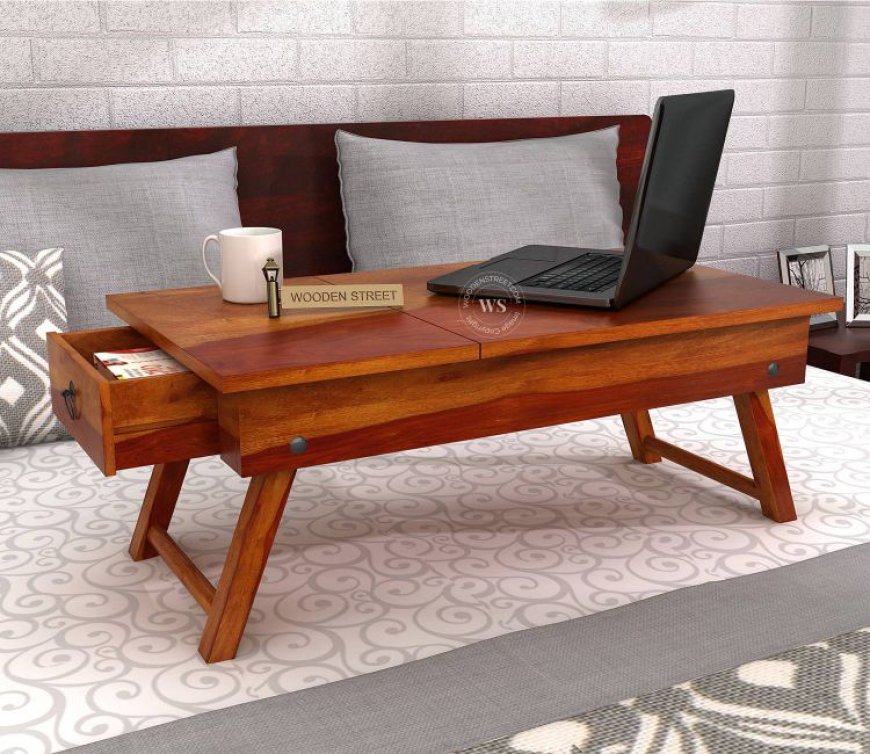
Every individual has unique needs and preferences when it comes to their workspace. Customizing your laptop table setup to suit your personal comfort can make a huge difference in how enjoyable and productive your work sessions are.
-
Ergonomic Accessories: Consider adding ergonomic accessories such as a separate keyboard, mouse, or wrist support to improve your comfort. These tools can help reduce strain on your wrists and fingers, especially if you’re working for long periods. A wireless mouse and keyboard can also free up space on your table, making it easier to keep your workspace organized.
-
Laptop Cooling Pad: If you’re using your laptop for extended periods, it may start to overheat. Investing in a laptop cooling pad can help keep your device running smoothly and extend its lifespan. Many cooling pads are designed to be lightweight and portable, making them a great addition to any laptop table setup.
-
Noise-Cancelling Headphones: If you’re working in a noisy environment or simply want to focus without distractions, a good pair of noise-cancelling headphones can be invaluable. They’ll help you tune out background noise and concentrate on your tasks, making your workspace more productive.
-
Personal Touches: Adding a few personal touches to your workspace can make it more inviting and comfortable. A small plant, a favorite photo, or a motivational quote can help brighten your mood and make your work environment feel more personalized and inspiring.
Final Thoughts
Setting up your laptop table for maximum comfort and productivity is all about finding the right balance between ergonomics and personal preference. By choosing the right location, adjusting your table to meet your needs, organizing your workspace, maintaining good posture, and customizing your setup with ergonomic accessories, you’ll create a space that supports both your physical well-being and mental focus. Whether you’re working from home, studying, or pursuing creative projects, the right setup can make all the difference in your daily comfort and productivity.
Incorporating these tips into your laptop table setup will not only help reduce strain but also ensure that you can work more efficiently and comfortably for extended periods.
